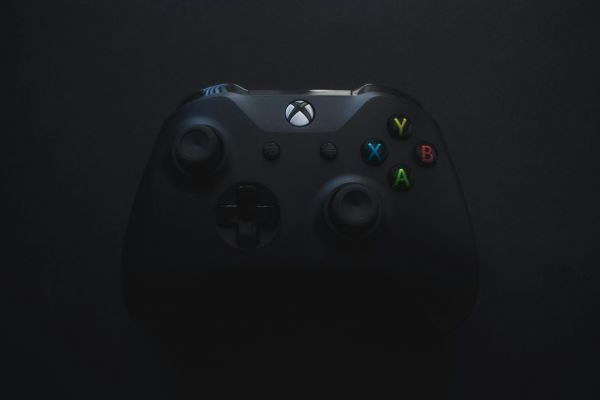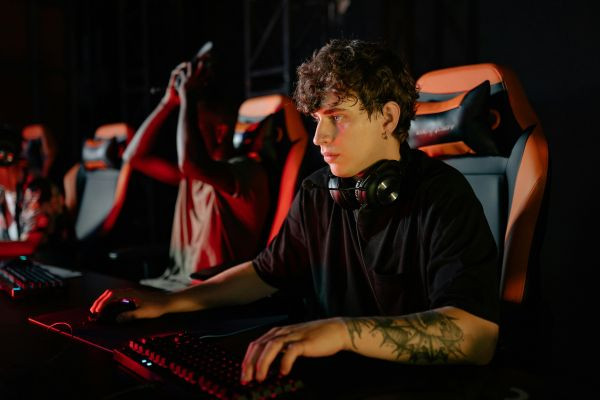The role of female protagonists in video games has been changed dramatically over the years. With the latest trends, this has contributed highly to diverse, powerful, and realistic characters.
12/07/24 • 357 Views
The role of female protagonists in video games has been changed dramatically over the years. With the latest trends, this has contributed highly to diverse, powerful, and realistic characters. In the contemporary era, the female characters in games are nothing but supplementary to the male characters, their roles being defined as either through interaction with the male characters or sexual features but have grown up significantly with the growing game development industry. Currently, all games have very powerful complex women who act as drivers for the plot and challenge gender roles. It is because of this that not only reflects the changing society but also shapes up the future of gaming.
Breaking the Stereotypes: From Damsels in Distress to Powerful Heroes
Traditionally, female representation in video games was rather limited. Consider, for example characters such as Princess Peach from Super Mario Bros., Lara Croft from Tomb Raider in her days. Such females are nothing but female damsels that one needs to rescue, or just female objects of want. Not all that old age, to say the very least. Where as the video game industry, however rapidly in the business knew what it had to come up with better character designing and thus led to giving rise to all kinds of exciting female protagonists who might be a leader in an adventure and solve vital issues by birth.
In this scenario, while the mid to late years 1990s and the early years 2000s gave Lara Croft a new challenge for traditional thought: the hero of Tomb Raider. From the original Lara Croft criticism to unrealistic proportions and no depth, the modern understanding of the character has changed over time. Lara in Shadow of the Tomb Raider was a matured, emotionally complex figure, who displayed leadership, strategy, and resilience. She was not there to be a placeholder for the male hero but an individual with motivations, flaws, and growth arc.
Other leading female characters include Aloy from Horizon Zero Dawn, Ellie from The Last of Us, and of course, Samus Aran from Metroid. These are all completely capable, powerful females that are in no way defined by the need for gender but in full by their abilities, intellectual prowess, and personal strife. Their stories are in themselves survival, self-reliance, and bravery-all of which tend to resonate with the player regardless of sex.
Perhaps, the most significant impact of having a female protagonist is the difference it brings about in terms of representation within the gaming community. Video games have been one of the important media in storytelling and self-expression; with well-crafted female characters, more audience would be able to see themselves in these narratives.
It has been able to relate women to female protagonists in games such as Tomb Raider, Horizon Zero Dawn, and Celeste and share the struggles and overcome challenges in very realistic ways. This way, inclusiveness within games bridged the gap for the gender divide within the gaming industry, invited more women into space, and gave them the opportunity to now have someone to cheer for. As the role of female gamers grows, they have a growing influence on the development of games; hence female roles in games are much more realistic and diverse.
There is no longer that limited image of women strictly as the "warrior.". Such women lead as shown by Sayuri in Ghost of Tsushima and Max Caulfield in Life is Strange, who can, therefore, be introspective and vulnerable, emotionally deep but not lacking in leading their stories. They go out to mental health issues, identity issues, and what each choice does hence showing that a woman's lead can be as diversified as that of a man's.
The Shifting Game Development Landscape: Why This Matters
Finally, a related trend with female protagonists in new games also says something about the shifting game development landscape. It is widely known that the industry needs to become more diverse than just characters and that it should include real diversity on development teams. Inclusive writing, directing, and design bring forth richer stories and allow a more accurate glimpse of women.
This high demand for female protagonists has also been due to the changes in the expectations of the players. The players today voice out opinions that they want different kinds of content that speak for them and their desires. Successful games with robust female protagonists, whether big budget titles or indie projects, demonstrate the hunger of the audiences to hear stories which do away with the conventionality of gender.
It has no connection with creating female leads for the game, which it needs diversity; it's about writing interesting, empowering, and poignant stories for the players. That is, if the protagonist is not from their gender, the player grows with the story, provided that they can imagine that characters face adversity head-on and grow over time.
Female Lead in Future Games:
As gaming continues to extend further into the future, female protagonists are only going to increase alongside it. Work done through characters like Lara Croft, Aloy, and Ellie laid down the groundwork through which many other possibilities have been created for character-making diversities, but there is still more to be achieved for the kind of portrayals of women holding strong roles with much diversification added on to both the background and the set of personalities and skill sets equally.
More female non-traditional game protagonists mean more women who are not only good fighters but also leaders or artists. More important, though, is the intersectional representation where race, sexual orientation, and ability begin to have women in a leading role in the realistic world of video games.
Conclusion:
From stereotypical in most video games to the extremely powerful and multi-dimensional protagonists, roles of women protagonists have come a long way and continue to grow with time. However, with strides being made within the gaming industry, the female characters stand in great position to drive the major part of narratives and compelling norms that would inspire new generations. It not only builds better characters but also creates an innovative, more representative future for the gaming industry, pushing the limits of how gender is represented.









